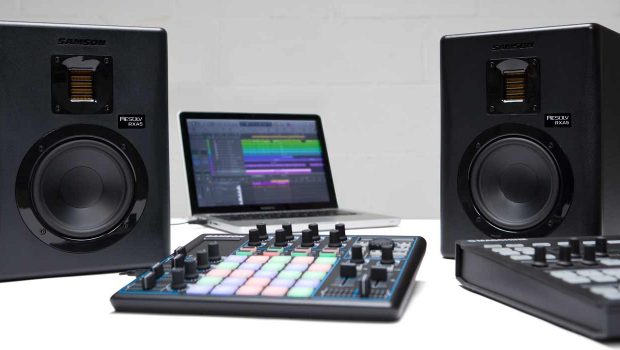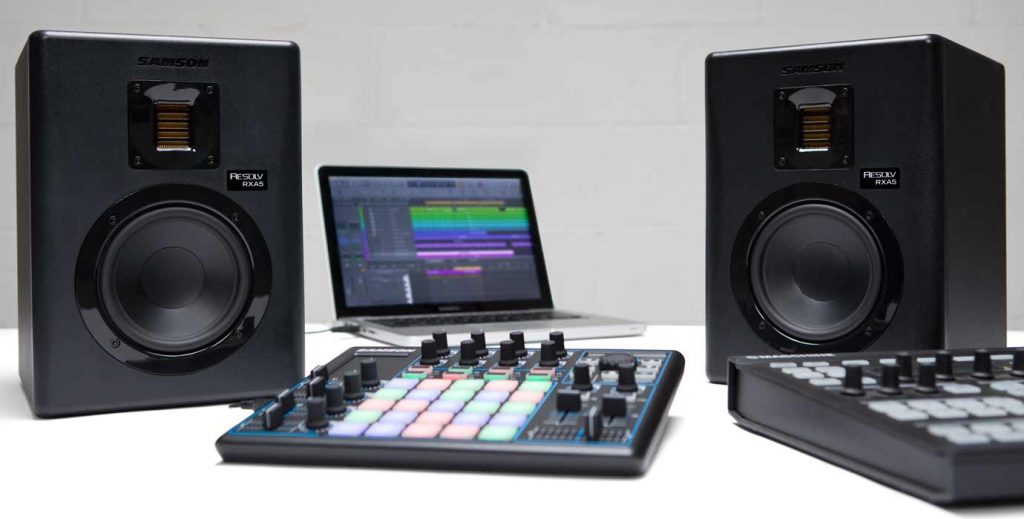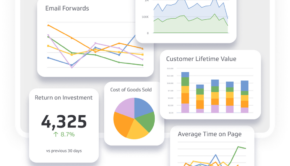5 Tips for Choosing Studio Monitors
Hello dear readers, today we bring you a very important article to all those who are looking to buy a studio monitor. As with many jobs within the music industry, the calibre of your performance can often come down to the quality of equipment you use. If you are looking to become a music producer, for example, you will need to, not only research the best DAW apps (Digital Audio Workstation) , but also the best headphones, microphones, Midi Controllers and Audio Interface, amongst other things!
Before you order your studio monitor, there are a few things you must take into consideration. As always when buying any new product, we want to get the best bang for our buck, the best value for our money. Besides this, you should always know what characteristics you see as a priority.
The circuitry and speakers should be solid—capable of handling your volume and frequency-handling requirements along with peaks, pops, and raw recorded audio without faltering. All of this and much more on this article; we give you 5 Tips for Choosing Studio Monitors. Hopefully, by the end of this article you will be ready to pick the best home studio monitors for your needs, while making the most out of your budget. So, what should I consider before buying a studio monitor?
1. Which Monitor Best Fits your Needs: Active or Passive?
First, you should know what type of monitor you would prefer to work with. Do you prefer powered studio monitors (also known as active monitors)? This type of motor as its own built-in amplifier, therefore eliminating the need for an external amp. It is the most commonly used monitor nowadays, in fact, it’s considered the standard monitor; more convenient. Usually, active monitors are bi-amplified, meaning each speaker has its own dedicated power amp specific to its frequency, thus allowing the speaker to perform efficiently. Unpowered studio monitors (also known as passive Motors) on the other hand, are what one might call the “old-school” type of studio monitor. They are not as convenient as active motors because they require an external amp, contrary to passive motors which already have one built-in. The positive side about them is the ability to crossover circuitry for splitting of high and low frequency; they also allow you to set-up multi-speaker arrays.
We would advise you to pick an active monitor, but of course it all depends on your exact needs and what sounds best for you or your clients.
2. Ideal for What You Produce: Recording Acoustic, Heavy-Rock, Hip-Hop?
Secondly, when choosing a studio monitor you must always take the genre of music you intend on recording. Different styles of music require a different setup, for example:
- If you need a studio monitor to record yourself singing and playing acoustic guitar, then a small pair of near-field monitors will be just what you need.
- If you are a hip-hop music producer or a club-inspired pop song recorder, you will be better out with a subwoofer-assisted 2.1 system.
- If you are producing songs and soundtracks for video games, videos, movies, or television? In that case a 5.1 or 7.1 surround sound system will be ideal for you.
- If you’re recording rock bands or working with a wide variety of talent, choose a monitor with 8″ woofers and a lot power.
Make sure your studio monitor system performs well with the genre of music you will be working with.
3. What Type of Driver Do You Need?
Driver matters. The construction material of your speaker will play a significant role on how good the music sounds. There is a wide verity of different types of drivers, paper, aluminum alloy, Keval, fiberglass, aramid fibers, among others. This is important because it influences the sound, so the best thing is to hear different types of driver and see which one you prefer. However, don’t focus too much on the materials, while this is an important tip, it shouldn’t have a major influence on what studio monitor you end up choosing; focus on application-specific benefits instead.
4. Higher Wattage or Lower Wattage?
Wattage determines volume, definition, dynamic range, and the overall sound. Higher the wattage the more you can hear more transient detail, therefore allowing you to make precise adjustments to compressors, limiters, and gates. Higher the wattage the more headroom the output gives you. For example, transients like snare hits or kick drums will often demand three to ten times more power than an average music program material. If a volume that demands around 20 watts, the program peaks would require around 60 to 200 watts.
- How Much Power Do You Need?
Do you need a Single-amp, Bi-amp, or Tri-amp (amp standing for amplifier)? Most studio monitors make use of two speakers in them: a tweeter for high frequency and a woofer for low and midrange frequency. Tri-amps have one for low frequencies sent to the woofer, and mid-frequencies sent to a dedicated midrange speaker. Bi-amp and tri-amp configurations have a much flatter frequency, greater definition, and precise sound. Bi- and Tri-amp monitors sound clearer and more defined then a Single-amp and are the standard for a studio monitoring system.
5. Make the Best Out of Your Budget
Don’t make a blind choice. Search for different studio monitors and compare them, take into consideration your priorities, and spend your money on a studio monitor that will perform ideally to your needs. Do your research, be aware of all the current products available on the market. It is more important to choose a studio monitor that fits your needs for a lower price than a higher-priced studio monitor that doesn’t match your characteristics as a musician or producer. Build the best setup your money can buy but invest your money wisely.
We hope you found our 5 Tips for Choosing Studio Monitors useful. Leave a comment on the section below and let us know your opinion. Do you own or are considering buying a studio monitor? We look forward to read your comments. Have a great day fellow musicians!











![The story of Drupal [Infographic]](https://technofaq.org/wp-content/uploads/2017/06/Infographic-Evolution-of-Drupal-From-Drop-To-Top-150x150.jpg)




